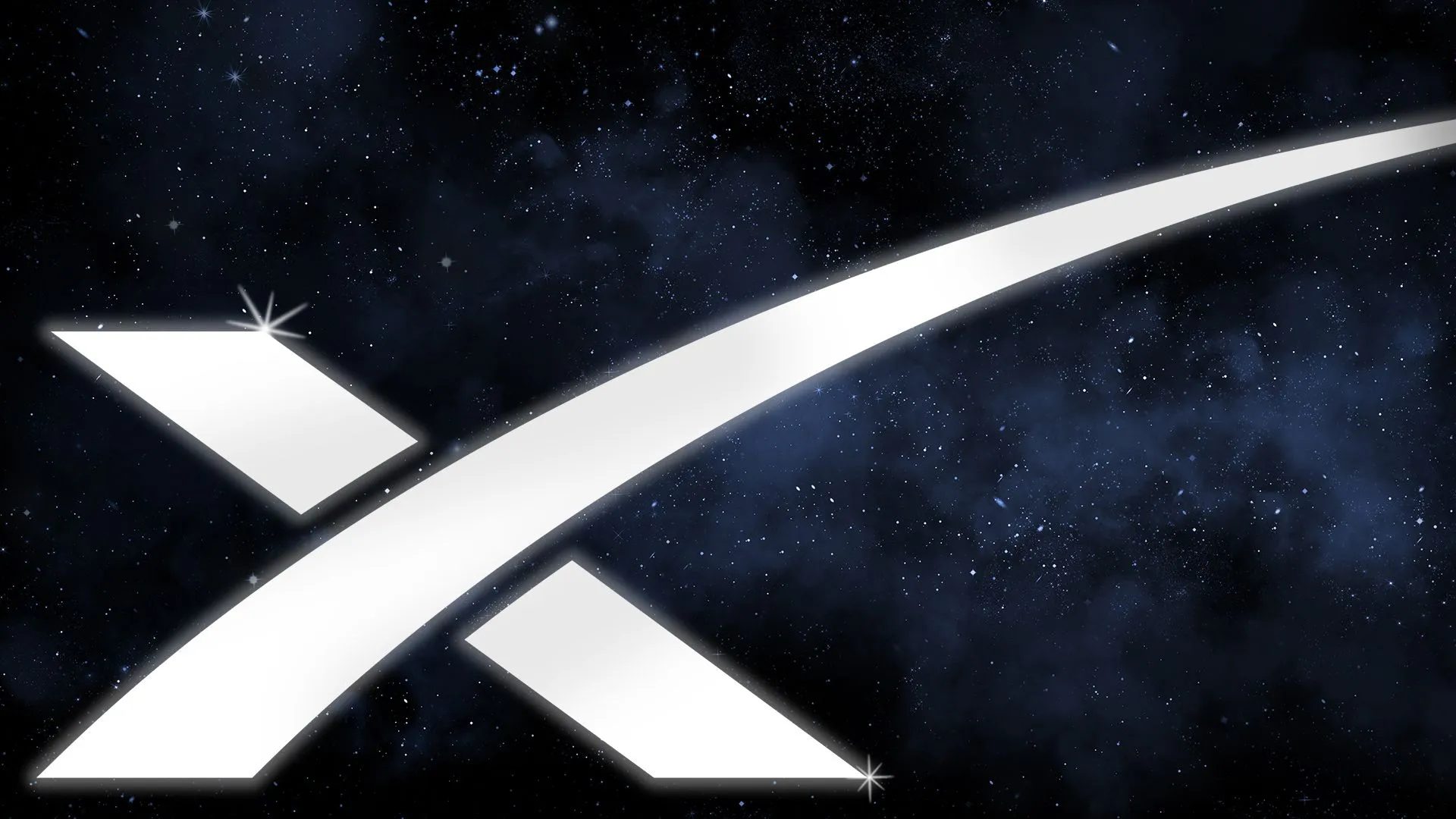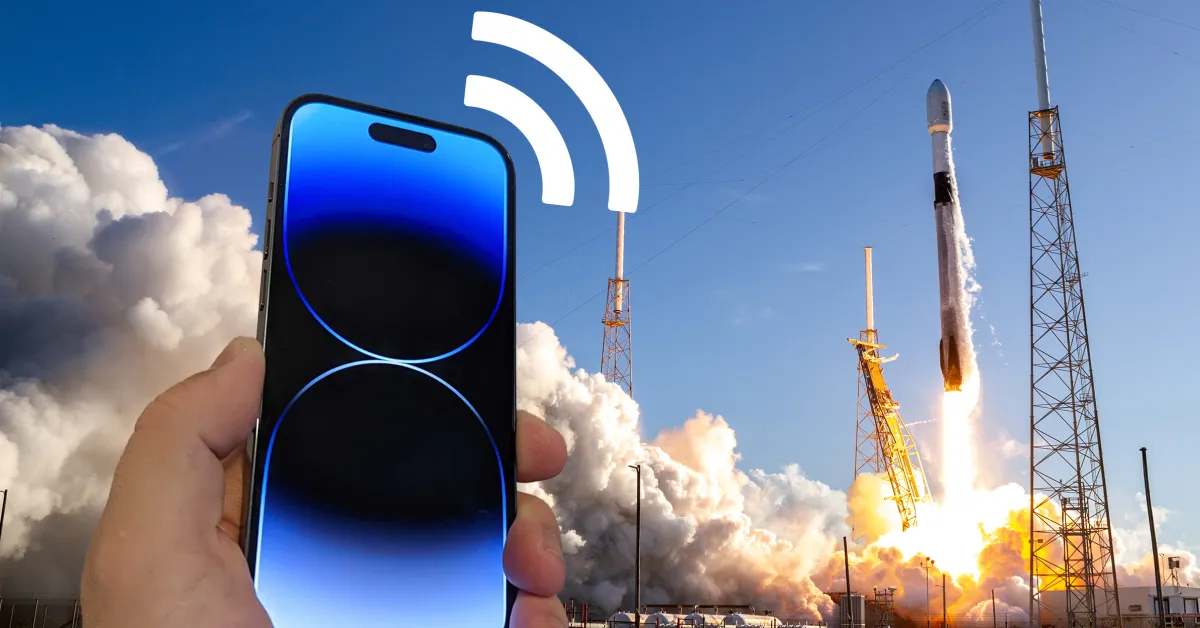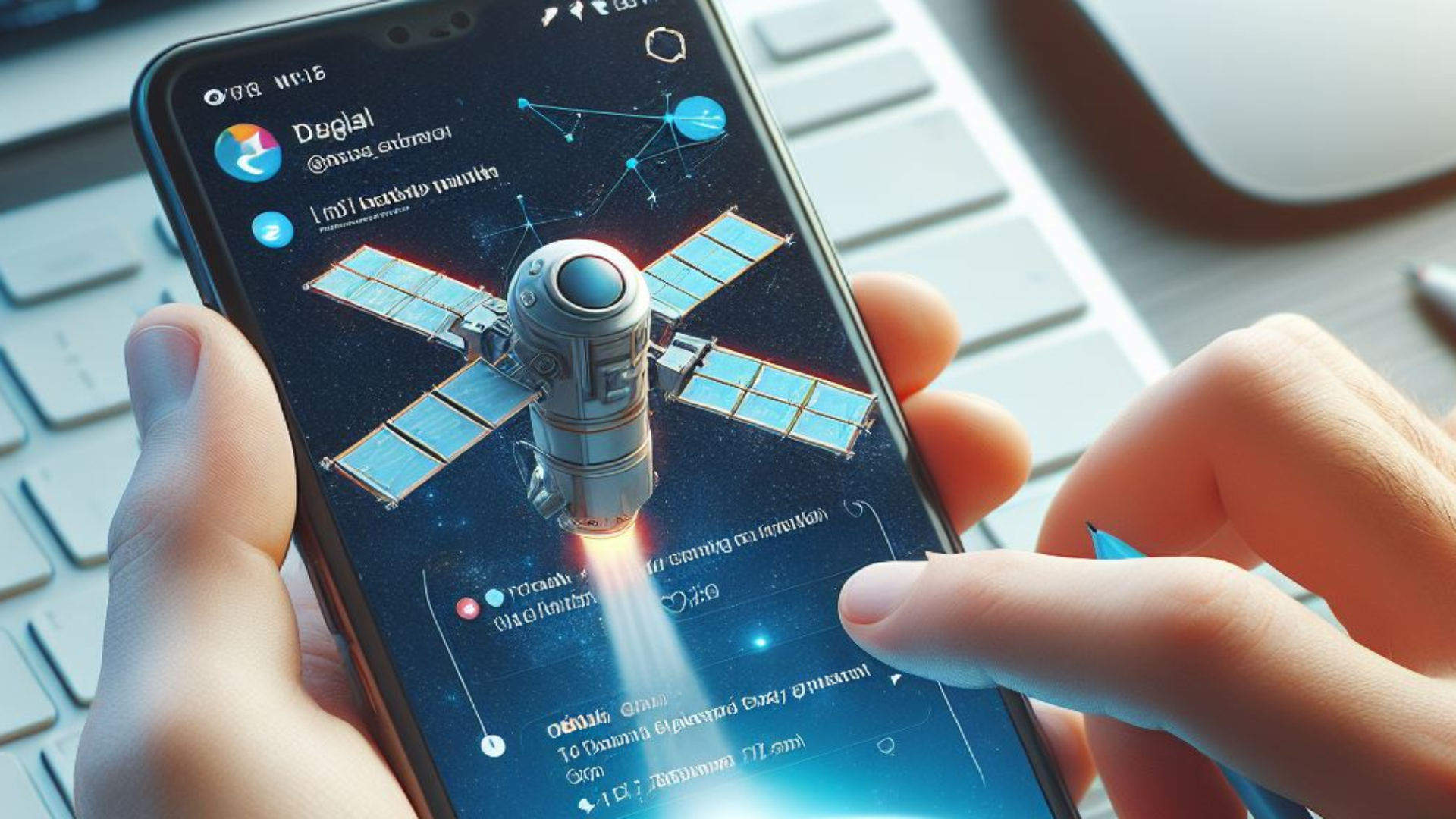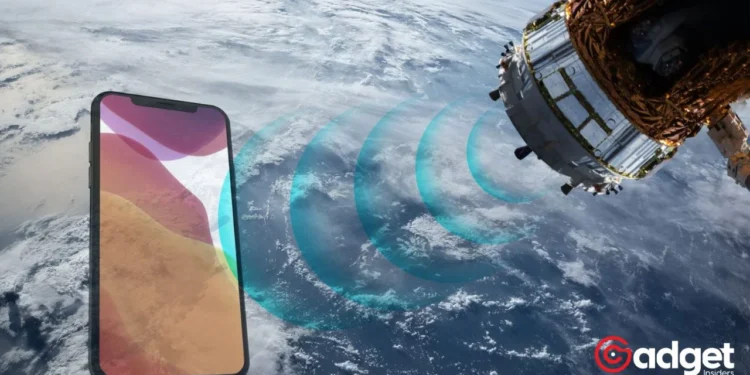In an era where the demand for ubiquitous internet connectivity is ever-increasing, SpaceX, under the visionary leadership of Elon Musk, has unveiled a groundbreaking advancement: Direct-to-cell service via its Starlink satellites. This innovative technology, currently in the testing phase, promises to redefine mobile communication by offering direct satellite connectivity to mobile phones, eliminating the need for intermediary ground stations or specialized equipment.
Elon Musk Celebrates SpaceX’s Technological Leap on X
Elon Musk, the tech mogul behind SpaceX, recently took to X (formerly Twitter) to showcase the capabilities of Starlink’s direct-to-cell service. In a remarkable demonstration of this technology, Musk posted on X directly from his mobile phone, connected to Starlink’s satellites without the intervention of traditional cell towers or the internet.
This achievement not only highlights the practical applications of the direct-to-cell service but also sets the stage for its potential to transform global communication networks.

Direct Connectivity at Your Fingertips
Unlike the conventional satellite internet offerings from Starlink, the Direct to Cell feature introduces an ease of access akin to traditional cellular data services. Users can expect seamless connectivity to Starlink’s satellite network, enabling straightforward communication capabilities directly from their smartphones.
This service aims to provide an alternative to the current cellular infrastructure, offering reliable connectivity even in the most remote regions.

The Future of Mobile Communication: When Can We Expect Widespread Adoption?
SpaceX’s Direct-to-Cell service is poised for its initial launch phase in 2024, focusing initially on enabling text messaging capabilities through its D2D (Direct to Device) satellites.
This innovative approach leverages partnerships with mobile operators like T-Mobile in the USA, facilitating the transmission of communications from the user’s device to Starlink’s ground network and ultimately through its satellite constellation.
By 2025, SpaceX anticipates expanding the service to include voice calls, mobile data, and IoT connectivity. This ambitious timeline underscores the company’s commitment to enhancing global communication infrastructures and making satellite-based connectivity accessible to a broader audience.
Elon Musk is now flexing about SpaceX's Direct to Cell service, which helped him post on X.https://t.co/mQtVttmsAc
— Tech Times (@TechTimes_News) February 27, 2024
Bridging the Gap: SpaceX’s Vision for Global Connectivity
SpaceX and Starlink have already made significant strides in satellite internet services, offering high-speed internet access to underserved regions worldwide.
The introduction of the Direct-to-Cell service represents a natural progression in the space company’s mission to bridge the digital divide, providing an alternative means of connectivity to individuals beyond the reach of traditional cellular networks.
The enthusiastic reception of Starlink’s satellite internet, coupled with the promising potential of its Direct-to-Cell service, positions the company as a leading innovator in the telecommunications industry.
As the company moves forward with its testing and eventual rollout of this service, it sets the stage for a future where satellite connectivity becomes a ubiquitous, reliable resource for global communication.

A New Era of Connectivity on the Horizon
SpaceX’s Direct-to-Cell service, championed by Musk, marks a significant milestone in the evolution of mobile communication technology. By leveraging the expansive coverage of Starlink’s satellite network, this service promises to deliver unparalleled connectivity directly to mobile phones, transcending the limitations of traditional cellular infrastructure.
As the space company continues to test and refine this technology, the world eagerly anticipates the wide-ranging implications for connectivity, accessibility, and the way we communicate in our increasingly digital world.










